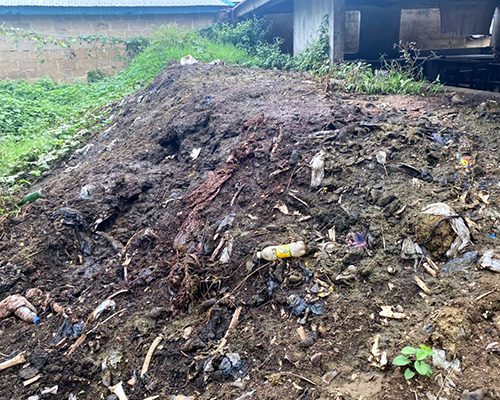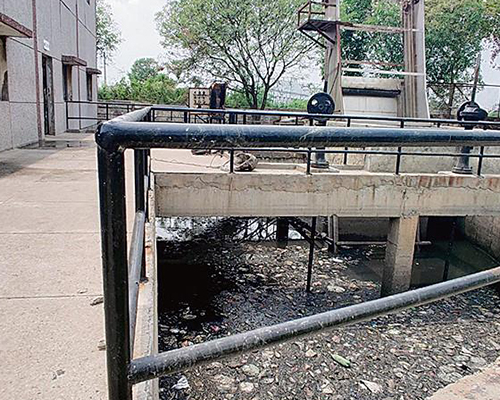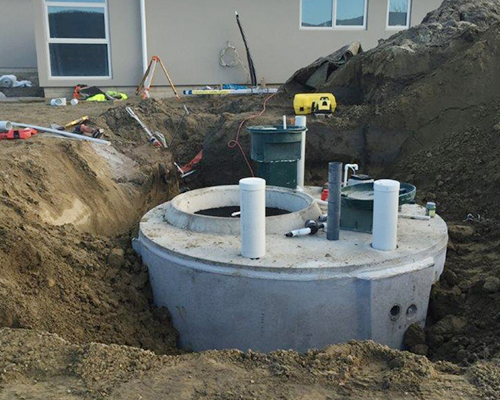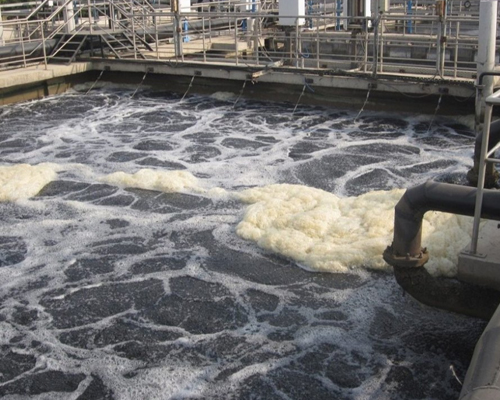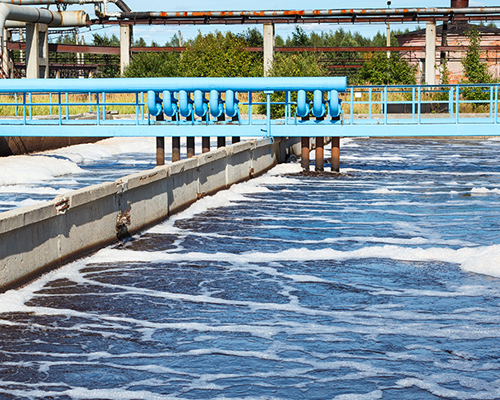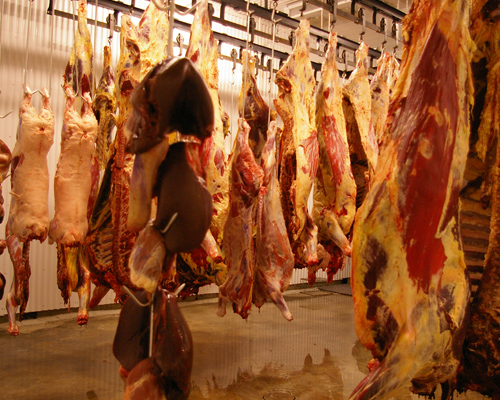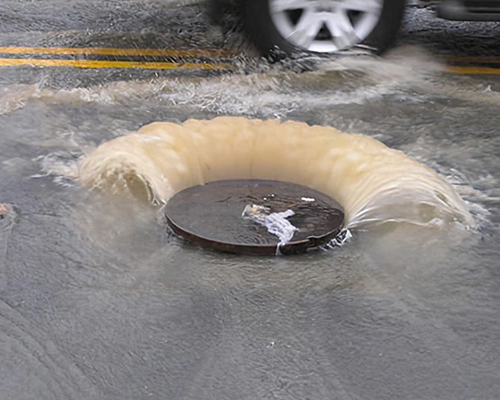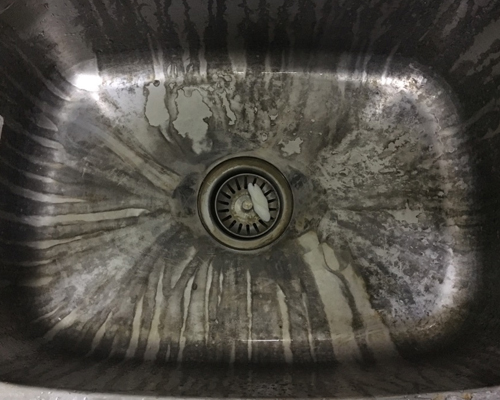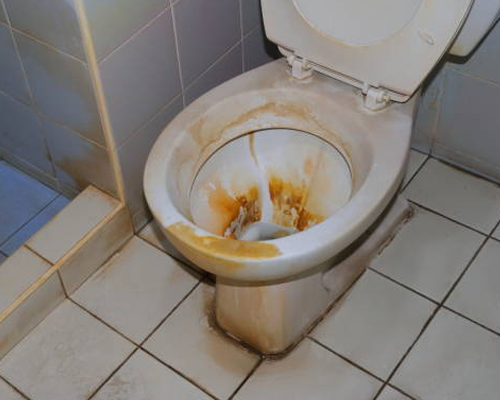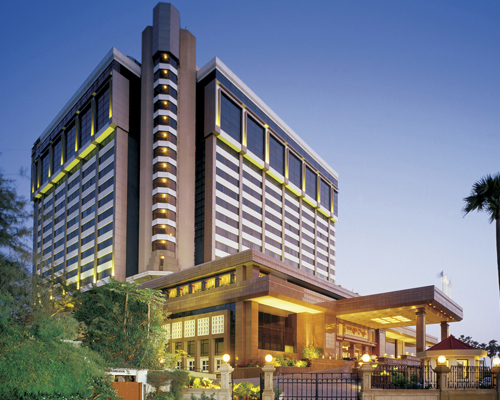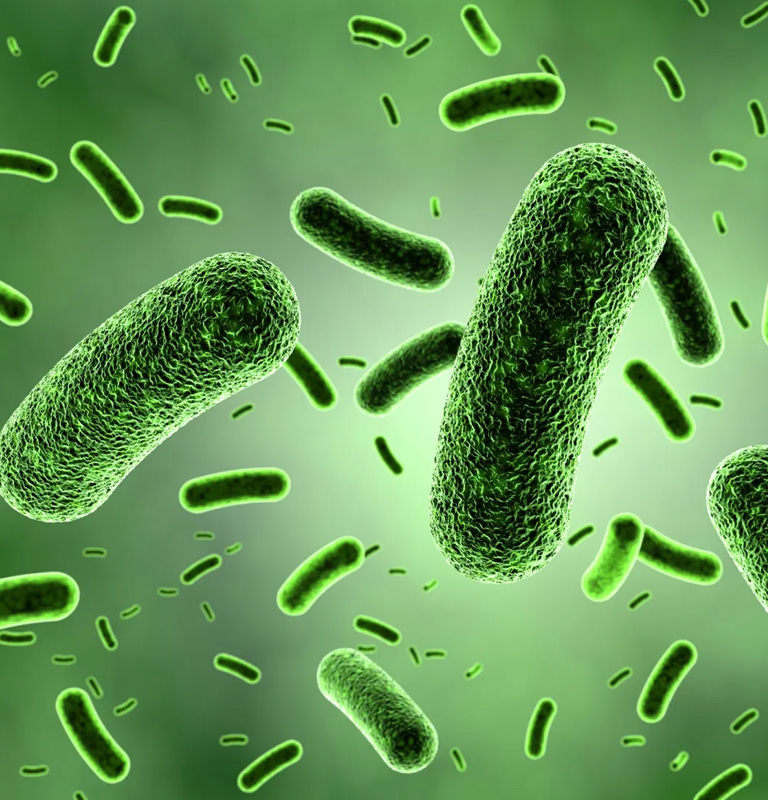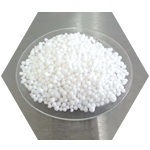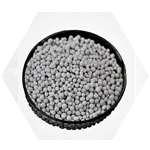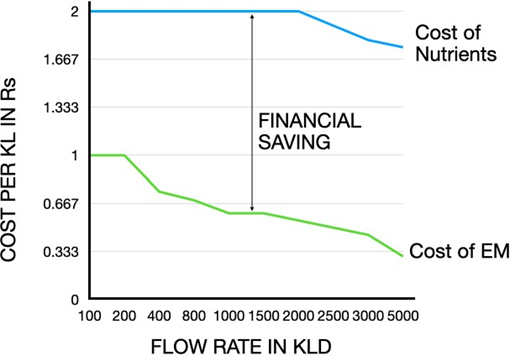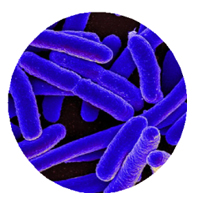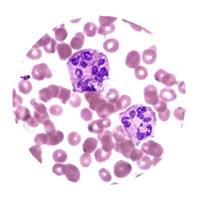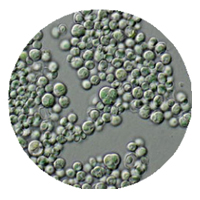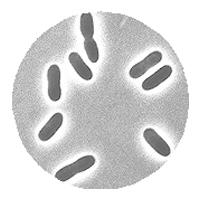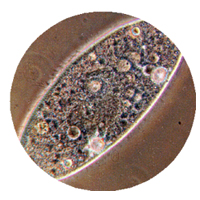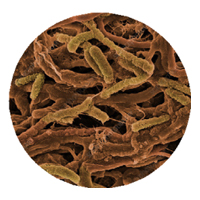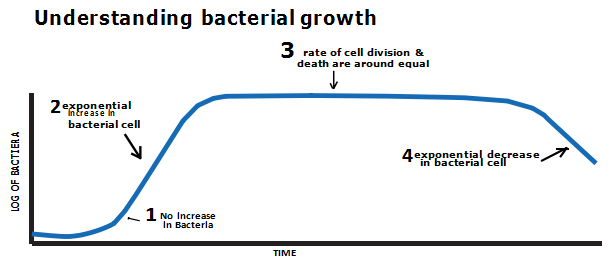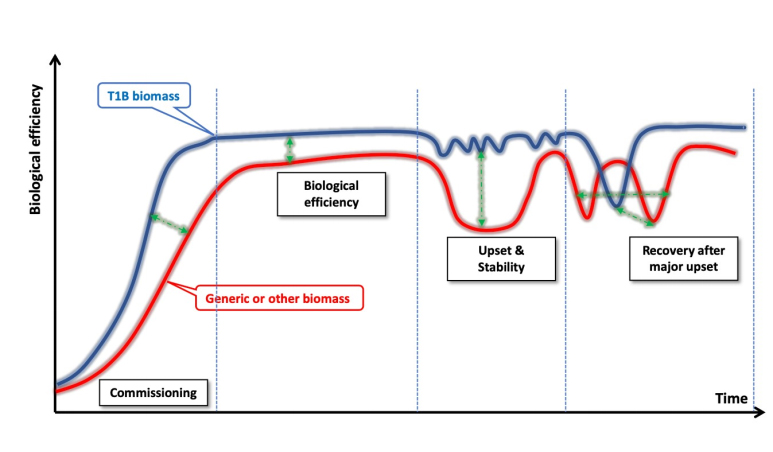Where you need e-Oxidose
Tanneries
Apartment STP
Fish Stall – Cattle shed
Septic Tanks
Common Sewage Treatment Plants
Municipal water treatment plant
Slaugter House
Over Flow Drainage Areas
Kitchen Sink – Wash basin
Smelled Toilets
Hostels
Hotels
Hospital
Resorts
Shopping Mall
e- Oxzidose
Mode Of Action
- e- Oxzidose degrades organic solid waste which generates obnoxious odors into odorless surroundings.
- Fats to glycerol & fatty acids Cellulose to starch & sugars Proteins to amino acids Starch to glucose.
How To Dose:
- Mix 50 gram kg in 20 Litres in water, and sprinkled in smelled areas Pour into toilets / Sewage / Septic tanks.
- Spray in to bio degradable solid waste / wetted water stagnant area.
- Product level may differ based on Aeration Chamber volume
- Qty required per day depends on volume.













